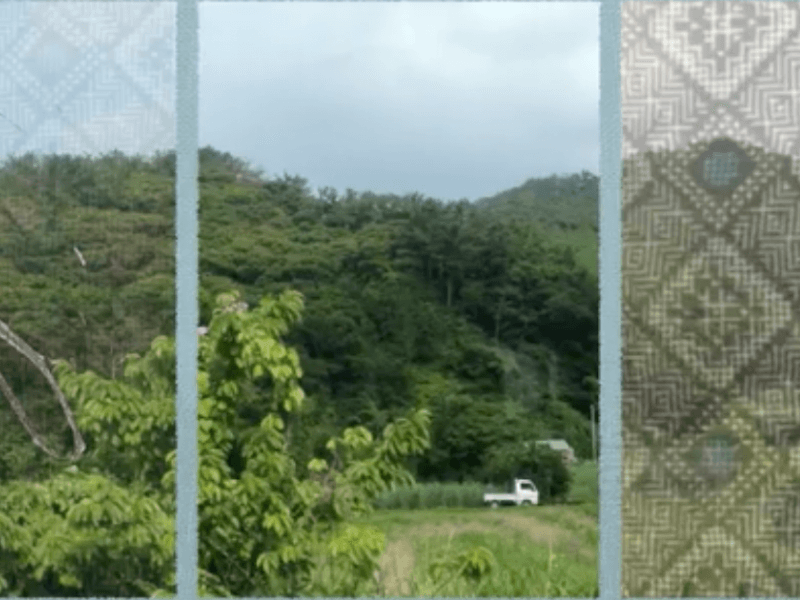Biomaterial Matters: Fitting Humans into Cocoons, A Speculative Prototype
Lisa Onaga, Nanyang Technological University;Laura Forlano, Illinois Institute of Technology, Galina Mihaleva, Nanyang Technological University; Anne McKnight, Shirayuri University
Boston 2017: Visual and Sensory Approaches

This speculative prototype in the form of a cocoon engages with research about the history of silk and silkworms in Japan around science and technology studies themes such as pasts and future(s), cosmopolitanism and regionalism, authenticity and adaptation, human and non-human, real and artificial, and gender. The prototype draws on the history of science, speculative design, multispecies ethnography and design as inquiry in order to materialize theoretical arguments and issues of concern. In particular, we seek to understand what has made raw silk, unwound from silk cocoons, into a biomaterial. Through the work of prototyping, we contest the notion that biomateriality was always already present, whereas, in fact, it has been resultant of a combination of developments in cultivation of silk, weaving, industry, and science. The silkworm’s silk is regarded as a biocompatible material and is used in silk sutures for double-eyelid plastic surgery. Since there is much discussion of the silk sutures fitting into the human body, we are interested in what it might mean to fit the human into the cocoon? What would it mean to 'try on' the cocoon, so-to-speak? Thus, the prototype is conceived of as a large (human-sized) cocoon-like garment that can be tried on. The prototype has an eye-like motif and shape in order to reference three specific research themes: the double-eyelid surgery, the false eyespot of some common silkworm strains, and the fisheye motif in the weavings of Amami-Oshima, and island in Japan. The project’s main objectives are to find ways of prototyping STS theory in physical form using speculative design methods. The outcome of the project, a collaboration between a historian, a humanities scholar, a design researcher and a fashion design, will be a physical prototype as well as a patternbook of other potential ideas for prototypes. The prototype and patternbook are intended to be displayed; a small exhibition of similar projects is planned. In addition, a traditional peer-reviewed journal article is planned. This project contributes to STS discussions about the nature of inventive methods. Specifically, how might we make STS debates that are often difficult to describe accurately in words more visible and tangible in order to contribute to theory.
Published: 01/30/2023
